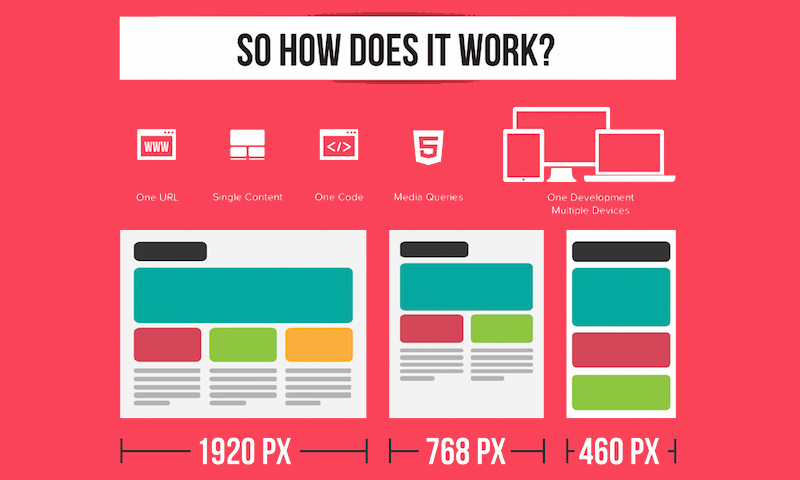Fascinated In Discovering How Website Layout Has Evolved? Take A Journey With The Makeover
Fascinated In Discovering How Website Layout Has Evolved? Take A Journey With The Makeover
Blog Article
Web Content Author-Bradshaw Trolle
In the past, web sites were straightforward and concentrated on information. Navigation was direct, and style was for desktops. Currently, user experience is key. Information guides layouts for simple navigating. Receptive layouts match various tools. Today, dark setting lowers stress, and minimal menus boost navigation. just click the next document involve individuals, and bold visuals stand apart. AI integration improves involvement. See just how design has actually evolved to boost your on-line trip.
Very Early Days of Website Design
In the very early days of website design, simplicity reigned supreme. Websites were fundamental, with restricted shades, typefaces, and formats. The focus was on providing information instead of flashy visuals. Customers accessed the internet via slow dial-up links, so rate and performance were essential.
Navigating menus were straightforward, normally located at the top or side of the page. Sites were designed for desktop, as mobile surfing wasn't yet common. Content was king, and designers prioritized easy readability over complicated style aspects.
HTML was the key coding language made use of, and designers had to work within its constraints. Computer animations and interactive attributes were very little contrasted to today's requirements. Sites were fixed, with little vibrant content or personalized user experiences.
Increase of User-Focused Style
With the advancement of website layout, a change in the direction of user-focused style principles has actually become increasingly famous. Today, creating sites that focus on user experience is vital for engaging site visitors and accomplishing organization objectives. User-focused style includes recognizing the requirements, preferences, and actions of your target audience to tailor the internet site's design, content, and includes appropriately.
Developers currently carry out extensive research, such as customer studies and usability screening, to collect insights and feedback straight from customers. This data-driven approach aids in developing user-friendly navigating, clear calls-to-action, and visually enticing interfaces that reverberate with visitors. By placing the user at the center of the design procedure, web sites can supply an extra customized and enjoyable experience.
Receptive layout has actually also become an essential facet of user-focused layout, ensuring that sites are optimized for different gadgets and display sizes. This adaptability improves availability and use, accommodating the varied ways customers communicate with internet sites today. Basically, the surge of user-focused layout indicates a shift towards producing digital experiences that prioritize the demands and assumptions of the end individual.
Modern Trends in Website Design
Discover the latest fads forming website design today. One noticeable trend is dark setting layout, providing a streamlined and modern-day appearance while lowering eye pressure in low-light environments. One more essential pattern is minimal navigating, streamlining food selections and boosting customer experience by focusing on essential elements. Integrating https://www.google.com/maps/place/Moon+and+Owl+Marketing/@32.9757271,-106.5344695,1840583m/data=!3m1!1e3!4m6!3m5!1s0x864ddeaa4179705b:0x488d41d2cc6b9750!8m2!3d32.9757271!4d-97.5696258!16s%2Fg%2F11b6mpccrg?entry=ttu&g_ep=EgoyMDI1MDIxMS4wIKXMDSoJLDEwMjExNDUzSAFQAw%3D%3D -interactions, such as computer animated switches or scrolling results, can develop an extra appealing and interactive website. Receptive style stays vital, ensuring seamless user experiences across different gadgets. Additionally, using vibrant typography and unbalanced designs can include visual passion and draw attention to specific material.
Incorporating AI innovation, like chatbots for customer assistance or customized recommendations, improves customer interaction and improves processes. Access has additionally come to be a significant trend, with developers prioritizing comprehensive layout methods to accommodate diverse user demands. Embracing sustainability by enhancing site performance for speed and efficiency is an additional emerging trend in web design. Teaming up with individual feedback and data analytics to repeat and improve style continuously is important for staying relevant in the ever-evolving digital landscape. By embracing these modern-day patterns, you can create an aesthetically appealing, easy to use web site that resonates with your audience.
Final thought
As you review the evolution of internet site style from the very early days to now, you can see just how user-focused design has come to be the driving force behind modern-day patterns.
Embrace the trip of adjustment and adjustment in website design, always keeping the customer experience at the center.
Keep current with the most recent patterns and innovations, and never stop developing your method to produce aesthetically stunning and easy to use websites.
Progress, adjust, and create - the future of website design is in your hands.
